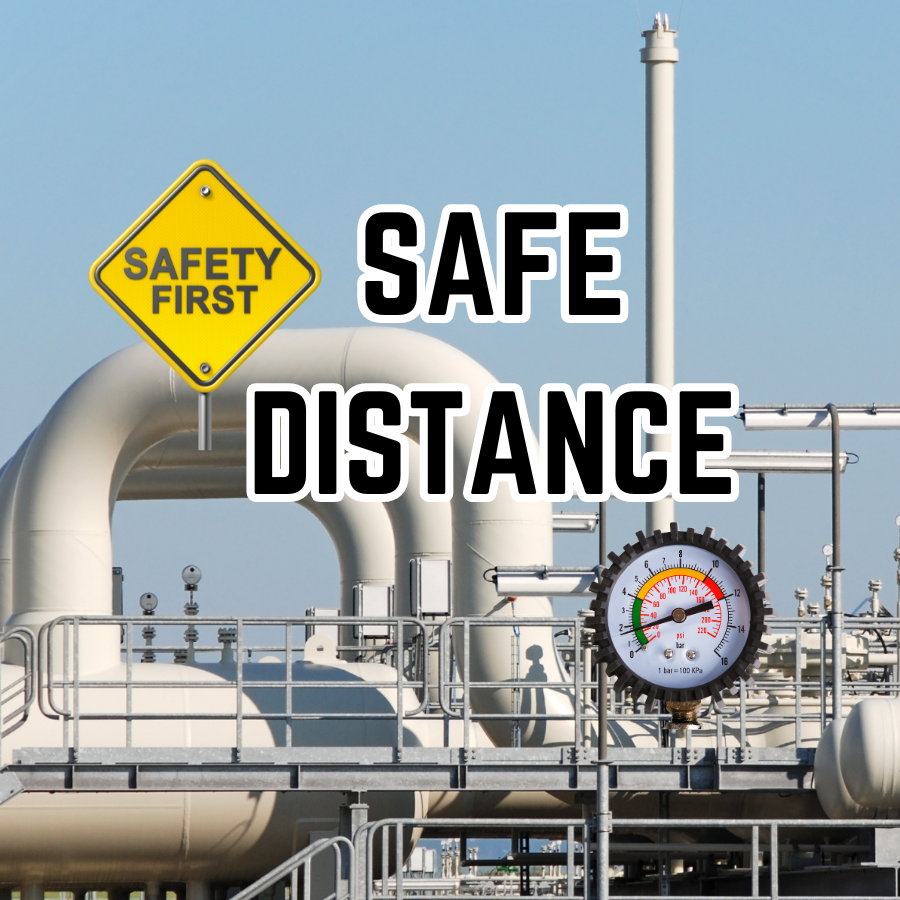Centrifugal Pump Nozzle Loads
International Codes/Standards of Centrifugal Pump
In the world of industrial processes, the efficient and reliable transfer of fluids is essential for various applications, ranging from oil and gas production to chemical processing.
API 610, a widely recognized standard developed by the American Petroleum Institute (API), sets the benchmark for the design and manufacturing of centrifugal pumps used in these critical processes.
Centrifugal pumps are vital components in various industrial applications, and international codes and standards ensure that these pumps are designed, manufactured, and operated safely and efficiently. While the API 610 standard, previously mentioned, is specific to the oil and gas industry, some other international codes and standards cover centrifugal pumps for broader applications.
Here are some key international standards:
API 610 Centrifugal Pumps for Petroleum, Heavy-Duty Chemical, and Gas Industry Services
ISO 5199 - Centrifugal Pumps - Design and Construction ISO 2858 - End Suction Centrifugal Pumps ISO 13709 - Centrifugal Pumps for Petroleum, Petrochemical and Natural Gas Industries ISO 13709, also known as API 610 Part 2, provides additional specifications for centrifugal pumps used in the petroleum, petrochemical, and natural gas industries. It complements the API 610 standard by offering further guidelines on materials, design features, and testing procedures specific to these industries.
EN 733 - Pumps - Submersible Motor Pumps, Circulation Pumps, and Circulators EN 733 is a European standard that covers various types of pumps, including centrifugal pumps.
ASME B73.1 - Specification for Horizontal End Suction Centrifugal Pumps for Chemical Process DIN EN ISO 9905 - Technical Specifications for Centrifugal Pumps This German standard, based on ISO 9905, provides technical specifications for centrifugal pumps.
When selecting and operating centrifugal pumps, it is crucial to consider the relevant international codes and standards applicable to the specific industry and application. Compliance with these standards ensures that pumps are designed and operated safely and efficiently, contributing to the overall reliability of industrial processes.
Types of Centrifugal Pump by API 610
Following API 610, types of pumps are being defined according to the impeller’s position on the pump design.
Overhung Pump
An overhung pump is so named because the impeller is mounted on the end of the shaft that extends beyond the pump's bearings, resulting in the impeller overhanging the bearings.
Between Bearing Pump
This pump type features two bearings, one at each end of the pump shaft, supporting the impeller in the middle. This type of pump is being used because of the high flow rate requirement.
Vertical Suspended Pump
These pumps are specifically designed for applications where space considerations, such as in offshore installations or limited footprint areas, make a vertical configuration more practical.
As the name implies the impeller is suspended from the supporting level.
The API 610 standard provides detailed specifications for various pump types to ensure their performance, reliability, and safety.
Expansion of Pump for Piping Connections
Foot Mounted and Centerline Mounted Overhung pumps’ expansions are vertical and through to shaft direction.
Vertical inline overhung pumps’ expansions are perpendicular to the shaft.
The thermal expansion directions between bearing pumps vary from each other. This is a 'Radially Split' pump’s expansion direction.
The Vertical Suspended pump’s expansion is valid for only the discharge nozzle as the suction nozzle dipped into the basin.
Piping Loads on API 610 Pump Nozzles
API 610 Appendix F provides a design basis for evaluating the loads on pump nozzles. This includes both axial and radial loads as well as moments that the pump must be capable of withstanding.
The loads are typically a result of forces transmitted through the connected piping system and can include thermal expansion, static pressure, dynamic loads, and other external forces.
Pump manufacturers must verify that the pump design meets the allowable loads specified in API 610 in Table 2.1.
This verification ensures that the pump is capable of withstanding the forces and moments it may experience in the field.
Manufacturers may use analytical methods or conduct physical testing to assess the effects of piping loads on pump nozzles. These methods help ensure that the pump meets the specified criteria for axial and radial loads and moments.
The flexibility of the connected piping system is considered when evaluating piping loads. API 610 recognizes that the flexibility of the piping can affect the loads transmitted to the pump nozzles.
Let’s look at the Appendix F of API 610 in detail;
Table 4 introduces the figures for minimum allowable nozzle loads.
API 610 Table-4
Appendix F 1.2 states that, If the applied nozzle loads by piping are larger than the Table-4 figures, then all the conditions specified in F 1.2.1, F 1.2.2, and F 1.2.3 must be satisfied.
Here are the F 1.2 conditions.
API 610 Appendix-F Conditions
F 1.2a stipulates that all forces and moments acting on each pump nozzle flange shall not exceed the range specified in Table 4 by a factor of more than ‘2’.
F 1.2b stipulates that the resultant applied force and moments acting on each pump nozzle flange shall satisfy the equations F 1 and F 2.
F 1.2c stipulates that the applied forces and moments acting on each pump flange shall be translated to the center of the pump. The magnitude of the resultant applied force, moment, and the applied moment shall be limited by the equations F3, F4, and F5.
Finally, F 1.3 states that piping configurations that produce loads greater than those allowed in F 1.2 shall be mutually approved by purchaser and vendor.
You can watch the YouTube video about Centrifugal Pump Nozzle Loads;
Pump Nozzle Load Calculation









This blog is intended as a guide to determining the minimum safe spacing of plants and equipment in Oil Refineries, Petrochemical Complexes, and similar installations.
The spacing recommendations will apply in the absence of Clients' standards or supplement such standards where necessary. They are based on current industry practice.
The spacing recommendations aim to ensure that available plot areas are used economically without affecting personnel safety or plant vulnerability.